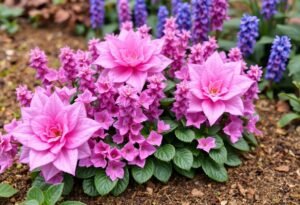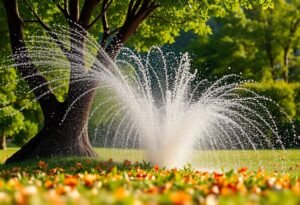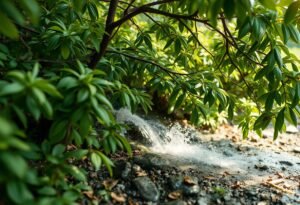Understanding Ideal Conditions for Planting
The best time to plant vegetables largely hinges on understanding your local climate, soil conditions, and the specific varieties of vegetables you want to grow. Generally, the warmer months of spring are optimal for planting, but predicting the right timing can also involve knowing when to sow crops that thrive in cooler temperatures. Start by checking your local frost dates, as this will inform your planting schedule and protect your crops from unexpected cold snaps.
Top Vegetables to Plant in Spring
Spring is synonymous with renewal, and it’s the prime time to plant a variety of vegetables like tomatoes, peppers, and cucumbers. These warm-weather crops require plenty of sunshine and warmth, making early spring the best time to plant vegetables that can flourish in this environment. Additionally, consider using row covers to provide warmth and protection against early spring frosts, maximizing your chances of a successful harvest.
Creating a Planting Calendar
An essential part of gardening is knowing how to keep track of the best times to plant vegetables. Consider creating a planting calendar that outlines the dates for sowing and harvesting based on your regional climate and personal preferences. This calendar will help you stay organized and efficient, ensuring that you don’t miss out on optimal planting times. Make it a habit to label your plants and keep notes, as this will reflect your journey as a gardener and help improve future planting endeavors.
Advanced Techniques for Timing Your Planting
For the more seasoned gardener, the best time to plant vegetables may also include utilizing advanced techniques such as succession planting. This method involves staggering plantings over several weeks or months to ensure continuous harvests. By implementing season-extending strategies like cold frames or greenhouses, you can push the planting dates further back and enjoy crops for a longer period each season. Experimenting with these techniques will expand your gardening horizons.
Weather and Its Impact on Planting Times
Weather plays a critical role in determining the best time to plant vegetables. Consistent weather patterns can be hard to gauge, so it’s vital to keep an eye on forecasts and remain adaptable in your gardening approach. While spring is often celebrated as the prime planting season, be prepared to face unpredictable weather, including rainfall and fluctuating temperatures. Following the weather closely enables you to make informed decisions, ensuring the best outcomes for your crops.
Companion Planting with Fruits and Vegetables
If you have fruit trees in your garden, consider the benefits of companion planting. Learning when is the best time to plant vegetables in conjunction with fruit can help you maximize space and resources. Planting vegetables like carrots or garlic near fruit trees may not only increase biodiversity but also create a natural ecosystem that promotes healthier growth for all your crops. The synergy between these plants can lead to richer flavors and better yields, further enhancing your homegrown meals.
Conclusion: Take Action Now!
Ultimately, discovering the best time to plant vegetables is a foundation for your success as a gardener. By planning ahead and analyzing conditions, you can transform your garden into a haven of health and nutrition. Let your gardening journey begin today—embrace the opportunity to grow your own food and cultivate your dreams for a fresher, more sustainable future!DisclaimerAll information provided in this article should be viewed as general guidelines. Consult local experts before making significant gardening decisions.

















